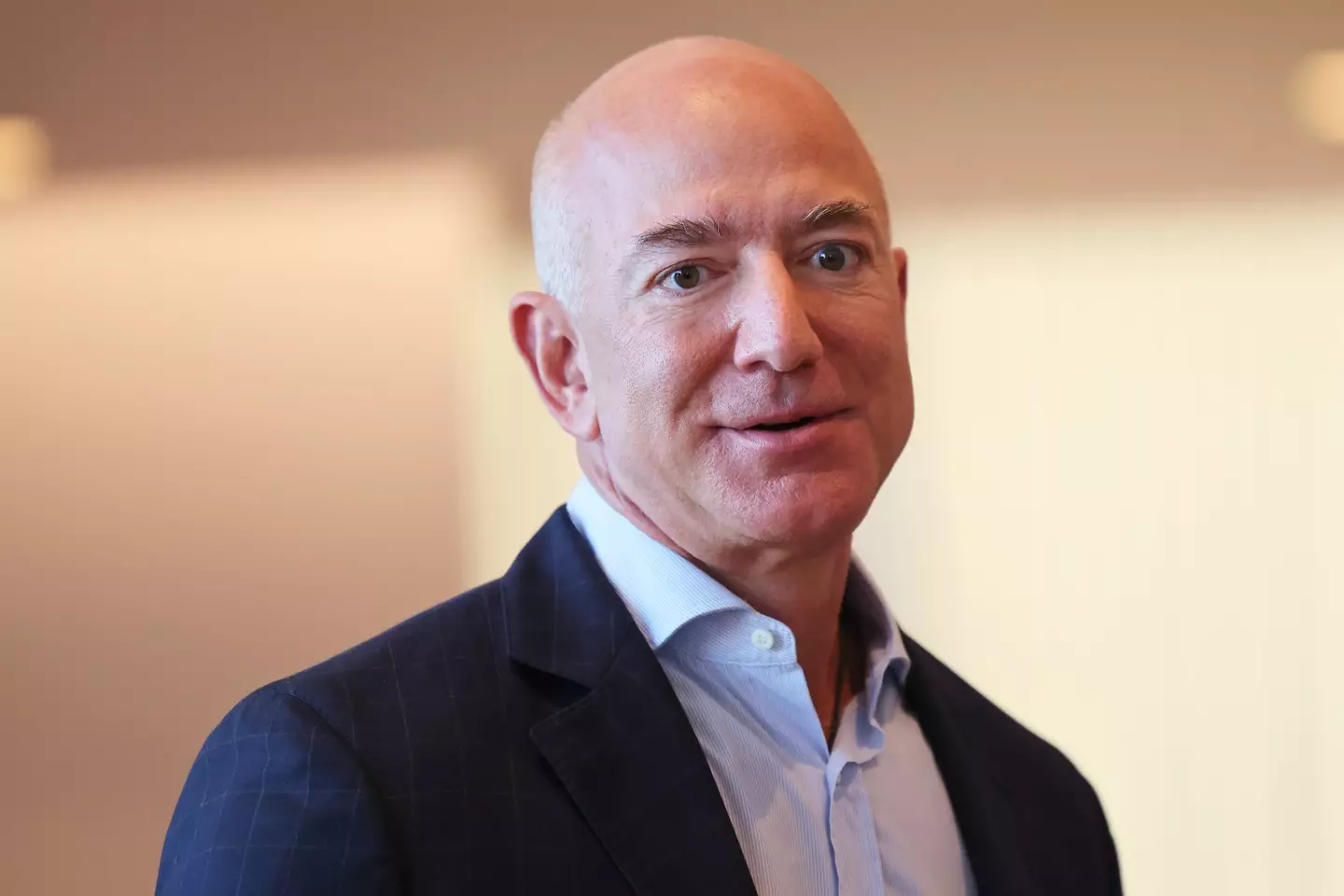Jeff Bezos Implements Unique Two-Pizza Rule To Enhance Amazon Employees' Efficiency
Finding effective ways to boost productivity and maintain team efficiency is a constant challenge in business, particularly in large organizations.
One unique approach that has gained attention is Amazon's "two-pizza rule," introduced by its founder, Jeff Bezos. This rule is not about the affordability of pizzas but rather a strategic move to enhance team performance and streamline operations within the company.
The essence of the two-pizza rule is straightforward: any team at Amazon should be small enough to be fed with just two pizzas. This concept is designed to ensure that teams remain manageable and efficient.
While the specifics of pizza toppings, crust types, or even the exact number of slices are not detailed, the underlying principle focuses on team size and its impact on productivity.
The idea behind the two-pizza rule is that smaller teams are more focused and can better understand their daily tasks. Communication can become cumbersome in larger teams, meetings may take longer, and individual accountability might diminish.
By keeping teams small, Amazon aims to foster an environment where each member is more engaged and responsible for their contributions.
This rule is particularly emphasized in Amazon Web Services (AWS), where innovation and quick responses to customer needs are crucial. A small, tightly-knit team is better equipped to communicate constantly, make fast decisions, and avoid the delays often associated with larger groups.
The two-pizza rule helps ensure that each team member is fully aware of their responsibilities and less reliant on others to complete their tasks.
According to information from AWS, smaller teams also enhance individual productivity. With fewer team members, each member has a more significant role and must perform at their best to achieve their objectives.
This setup encourages a sense of ownership and accountability, motivating employees to deliver their best work consistently.
So, how many people can two pizzas feed? Amazon's general guideline is that a two-pizza team should consist of no more than ten people. If a team grows beyond this number, Amazon will typically split it into two separate teams, each with distinct objectives.
This approach ensures that every team remains focused and efficient without the distractions that larger groups might face.
The primary goal of the two-pizza rule is to enable teams to spend more time interacting directly with customers. By understanding customer needs and preferences, teams can better tailor Amazon's services and products to meet these demands.
This customer-centric approach is a core component of Amazon's strategy and is facilitated by the efficiency and agility of small teams.
While the two-pizza rule may seem unconventional, it has a solid rationale. Smaller teams can be more agile, innovative, and responsive to changes and challenges. However, there are some practical considerations and potential loopholes.
For instance, team members' appetites can vary significantly, and two pizzas might not always be enough to satisfy everyone, especially on particularly demanding days. Despite these minor quirks, the method has proven effective for Amazon.
"Jeff Bezos vs Jay Leno in 1996 | Amazon is unprofitable"
Amazon's two-pizza rule keeps productivity high.
 Getty Images
Getty ImagesYou're just having two.
 Getty Image
Getty ImageJeff Bezos' two-pizza rule is more than just a quirky guideline; it is a strategic approach to maintaining small, efficient, and highly productive teams. By limiting team size to what two pizzas can feed, Amazon ensures that each team is focused, communicative, and closely aligned with customer needs.
This rule exemplifies how innovative thinking and simple strategies can significantly improve organizational performance and customer satisfaction.




